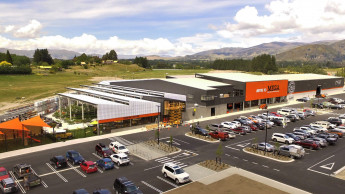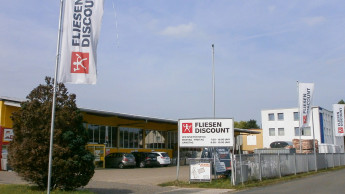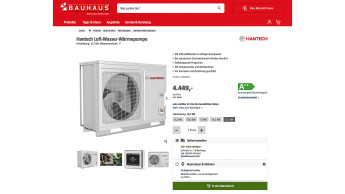

deep insights, facts & figures

In the opinion of André Adamski, an expert on Eastern Europe, the future belongs to the local DIY retailers and the specialists
Which region offers the most interesting potential? Since the only countries left have populations of between five and nine million, you would have to open up, at one and the same time, three adjacent countries where mass marketing has not yet taken off. This is the case, for example, with Kazakhstan, Azerbaijan and Georgia, which have shared boundaries. But you mustn’t think of just one single opening in Kazakhstan or in Azerbaijan or in Georgia. It will have to be done in triplicate and at once. Why not in Russia? The situation is very difficult in Russia. It is possible to make a successful move with one or several stores in just one region, but nobody has so far succeeded in covering the whole of Russia. A concept for stores adapted to Russia has yet to be invented. Which is more important: the international DIY chains pursuing their activities in this country or the companies that are local players? Take Ukraine as an example. The only company that has succeeded there is Epicenter. So it isn’t a country where I would go to invest because there is already a player there with a strong concept that is developing well. I can’t see other concepts changing any habits. Simply because it is Epicenter that has created the buying habits in this country. Which concepts will have the most success in the future? Are there any alternatives to the superstore? The situation today is one of stagnation. Business is standing still or declining by one or two per cent. This contrasts with the specialist dealers, whether specialists in plumbing, in timber or interior furnishings, especially in Poland where there were no specialists five years ago, now there are more and more of them. And why is that? Because everyone today wants to build hypermarkets with reduced ranges and nobody wants to create a grouping of nine or ten specialists under the one roof, or even specialist racking. Because everyone has hypermarket ranges, ranges that are nearly all identical. The only change, the only question about which all the brands are quarrelling is the question of knowing who stocks the most own-label products. But it’s not own labels that are going to make a range. So for today’s specialists the gateway to success stands wide open. There is a future for stores of 5 000 to 7 000 m². It is not necessary to build 12 000 or 13 000 m². It is even better to construct two stores of 7 000 m² with more reduced ranges in the one town. What are the most important differences if you compare the…
Related articles
Read also

 Menü
Menü












 Newsletter
Newsletter